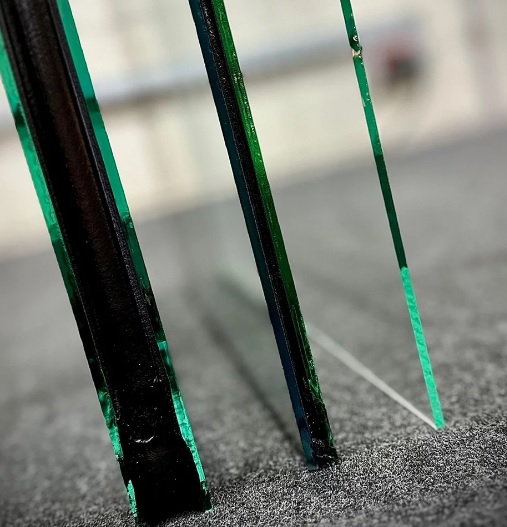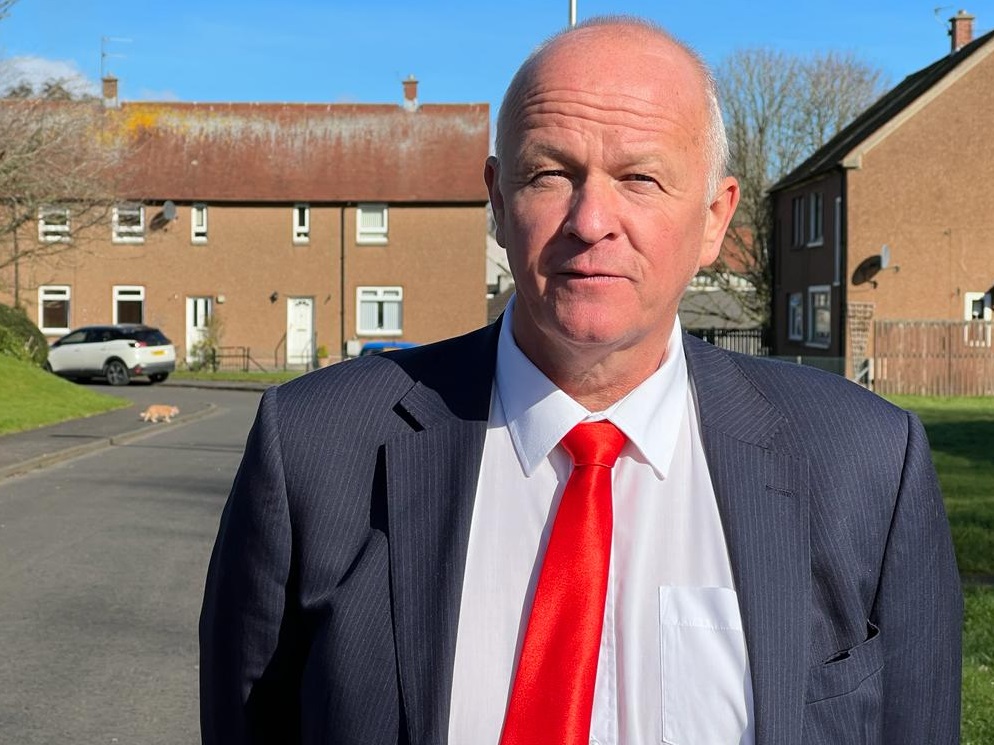Timber Sliding and Sash and Case Windows Stirling
Stirling’s architectural landscape is a tapestry of history, from the medieval streets of the Top of the Town to the grand Victorian villas of King’s Park. Central to this aesthetic are timber sliding sash and case windows, a hallmark of Scottish building design since the 17th century. These windows are far more than functional apertures; they are vital historical artifacts that define the city’s character. Maintaining them is an act of stewardship, ensuring that the visual story of Scotland’s ancient capital remains authentic and vibrant for future generations to admire.
The mechanical genius of the sash and case window repairs Stirling lies in its elegant counterbalance system. Within the hollow “case” of the frame, lead or iron weights are suspended on cords over pulleys to offset the weight of the timber sashes. This allows for effortless vertical movement and versatile ventilation. In many of Stirling’s older tenements, these internal mechanisms often become seized or broken. Restoring these hidden components is the first step in ensuring the windows function as intended, allowing fresh Scottish air to circulate through historic rooms.
In an era of environmental concern, repairing timber windows is significantly more sustainable than installing modern plastic alternatives. Timber is a renewable resource that, with proper care, can last for centuries, whereas uPVC units have a limited lifespan and high environmental cost. For a Stirling homeowner, choosing restoration over replacement reduces the carbon footprint associated with manufacturing and disposal. By focusing on repair, we respect the craftsmanship of the past while making an ecologically responsible choice for the future of the local environment and the planet.

Many believe historic windows are inherently cold, but this is a common misconception. Through professional restoration and the installation of modern draught-proofing, timber sashes can achieve thermal performance comparable to new units. In Stirling’s chilly winters, sealing gaps where sashes meet the frame eliminates rattles and heat loss. This involves machining discreet grooves for brush seals, preserving the original aesthetic while making the home significantly warmer. It is a cost-effective way to improve energy efficiency without sacrificing the building’s historic soul or architectural integrity.
Timber Sliding and Sash and Case Windows Stirling
Much of Stirling is designated as a conservation area, meaning strict planning controls protect the built environment. Replacing original timber windows with modern materials often requires planning permission, which is frequently denied to maintain the area’s character. Restoring existing sashes ensures compliance with local regulations and avoids legal complications. For owners of listed buildings near Stirling Castle, professional restoration is the gold standard. It ensures the property remains a faithful representation of the city’s prestigious history while satisfying the requirements of Historic Environment Scotland.
The primary enemy of Stirling’s timber windows is moisture, which leads to wet or dry rot, particularly in the sills and lower rails. Given the damp Scottish climate, timber is frequently under attack. However, wood is remarkably resilient; even severely weathered windows can usually be saved. Specialized joiners can “splice” in new sections of seasoned hardwood, replacing only the decayed portions while keeping the majority of the original fabric. This targeted approach prevents the need for expensive full-scale replacements and preserves the window’s structural history.
A comprehensive restoration process involves more than a simple coat of paint. It begins with removing the sashes to address the “hidden” parts of the window. Old, brittle putty is carefully removed, and glass is checked for integrity. The timber is then stripped back to its raw state, allowing for precise structural repairs. Once the wood is sound, the window is re-primed, painted, and reassembled with new cords and balanced weights. This meticulous rejuvenation improves both appearance and functionality, ensuring the window remains a durable feature.

Investing in the maintenance of sash and case windows is a savvy financial move. Original features are highly sought after in the Scottish property market, often commanding a premium price compared to homes with modern replacements. Potential buyers recognize the quality and aesthetic appeal of authentic timber windows. By keeping these features in top condition, you are not only saving on the high cost of new installations but also protecting and potentially increasing the resale value of your home in Stirling’s competitive and historically conscious real estate market.
While keeping original “crown” glass is ideal for authenticity, restoration also allows for glazing upgrades. Many Stirling residents now opt for “slim-lite” double glazing during the restoration process. These units are thin enough to fit into original timber profiles, providing modern insulation without the bulky appearance of standard double glazing. This hybrid approach offers the best of both worlds: the timeless beauty of a traditional sash window combined with the modern comforts of sound insulation and heat retention required for comfortable 21st-century living in Scotland.
Stirling’s weather is often unforgiving, with heavy rainfall putting constant stress on external joinery. Regular maintenance, such as checking for cracked paint or failing putty, is vital to prevent water ingress. If moisture penetrates the timber, it can lead to rapid structural failure. By establishing a routine—cleaning glass, oiling pulleys, and refreshing paint every few years—homeowners can defend their property against the elements. Proactive care is always more affordable than reactive repairs, ensuring that the windows remain watertight and functional despite the Highland fringe weather.
Living in a bustling city like Stirling means noise pollution can be a concern, particularly near the city center or university corridors. Well-maintained timber sash windows, especially those fitted with draught-proofing, provide excellent acoustic insulation. The density of the timber combined with a tight seal significantly reduces the intrusion of traffic noise. Restoring these windows creates a peaceful sanctuary within the home, allowing residents to enjoy the historic charm of their surroundings without the constant auditory buzz of modern urban life and passing vehicles.
Finally, the survival of sash and case windows supports the continuation of traditional craft skills in Scotland. Restoring these windows requires the expertise of specialized joiners who understand historic construction techniques. By choosing to repair and maintain your windows in Stirling, you are helping to sustain a niche industry of skilled local artisans. This commitment ensures that the knowledge required to care for Scotland’s architectural heritage is not lost. Every restored window is a testament to quality craftsmanship, standing as a beautiful part of Stirling’s living history.














